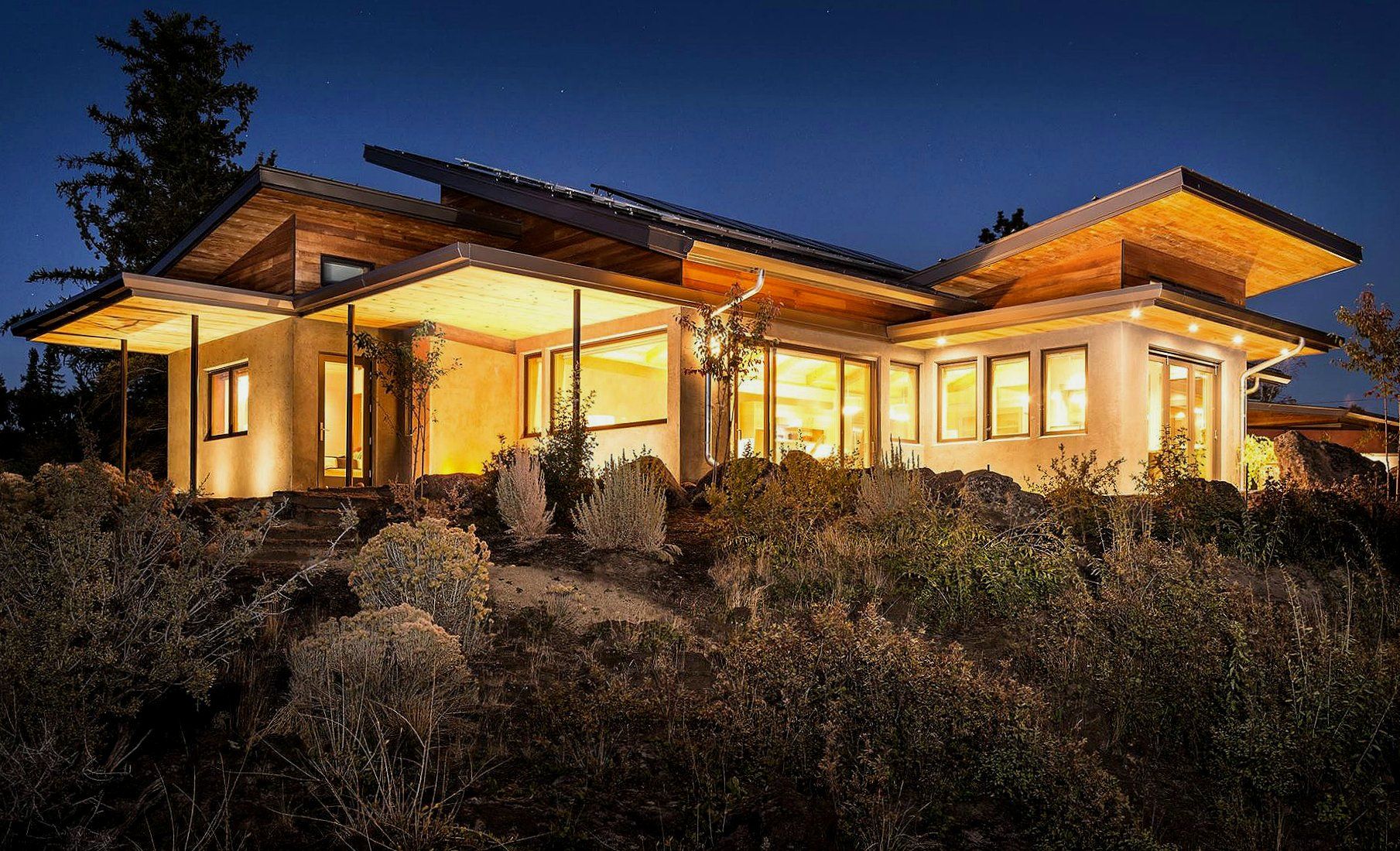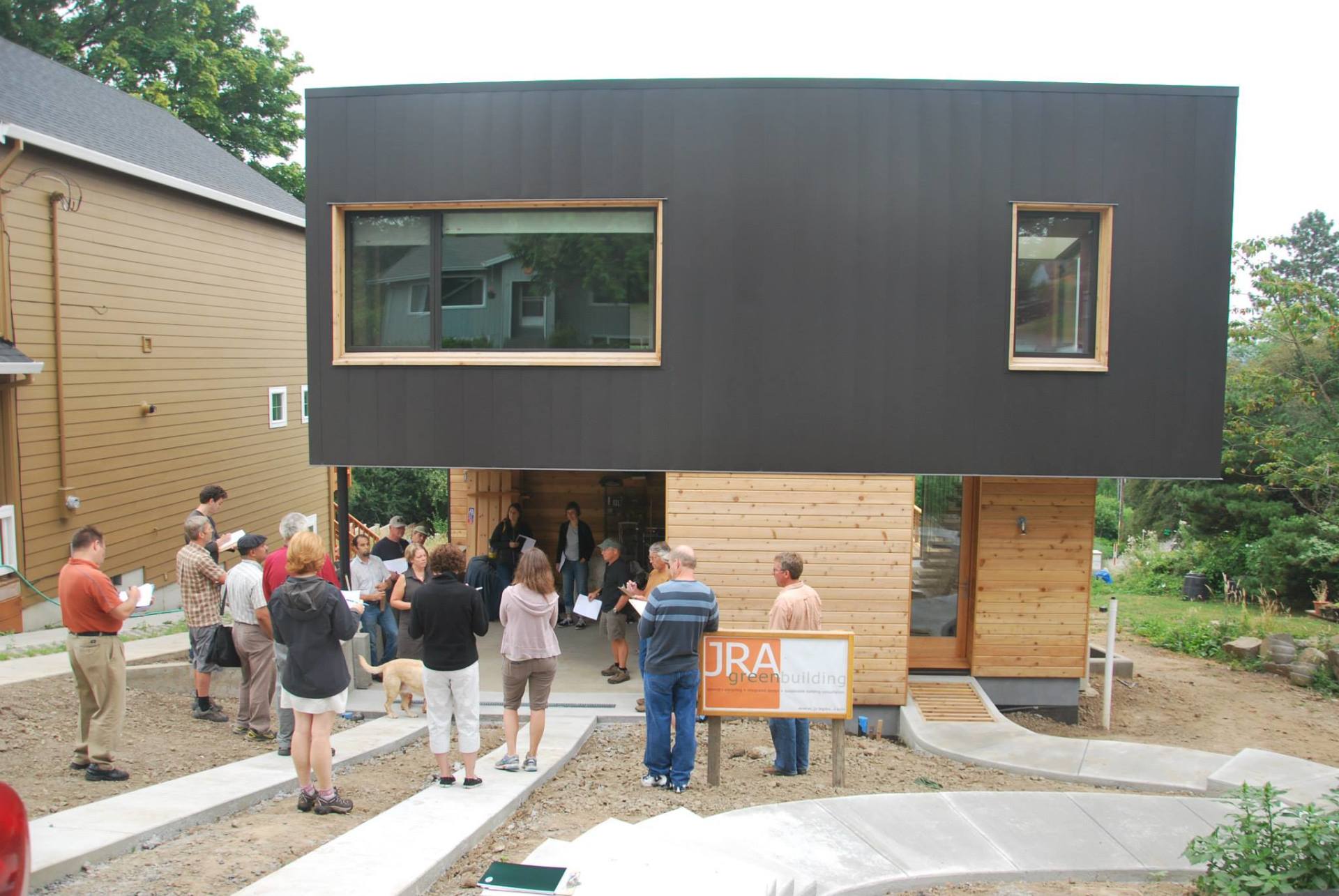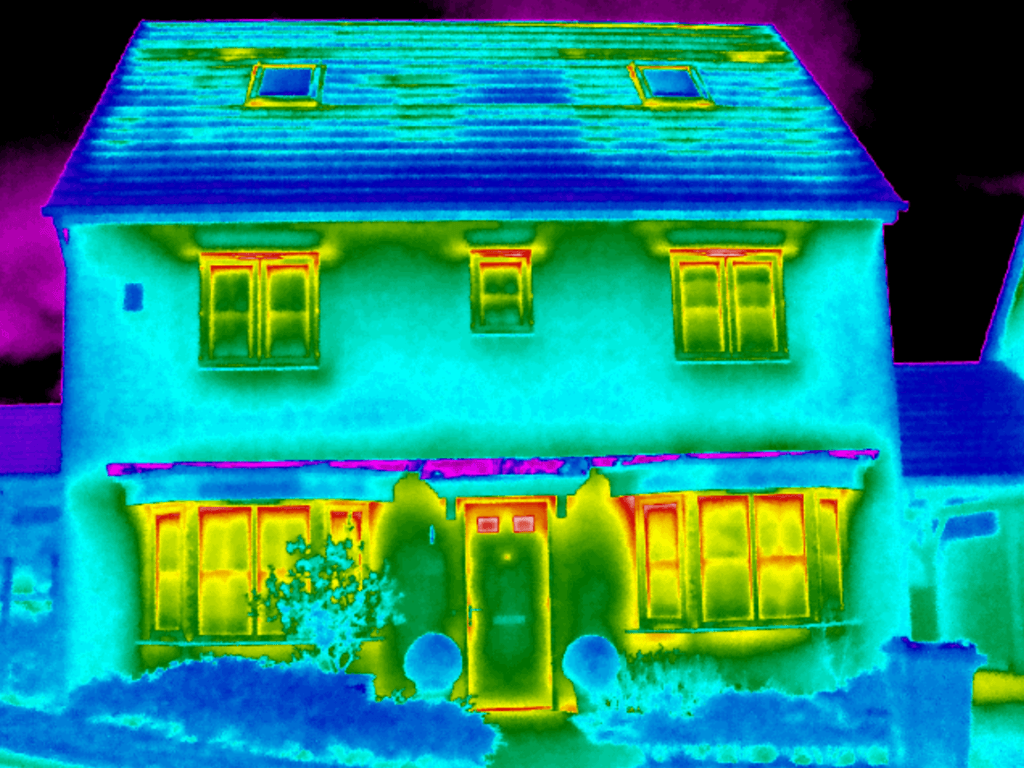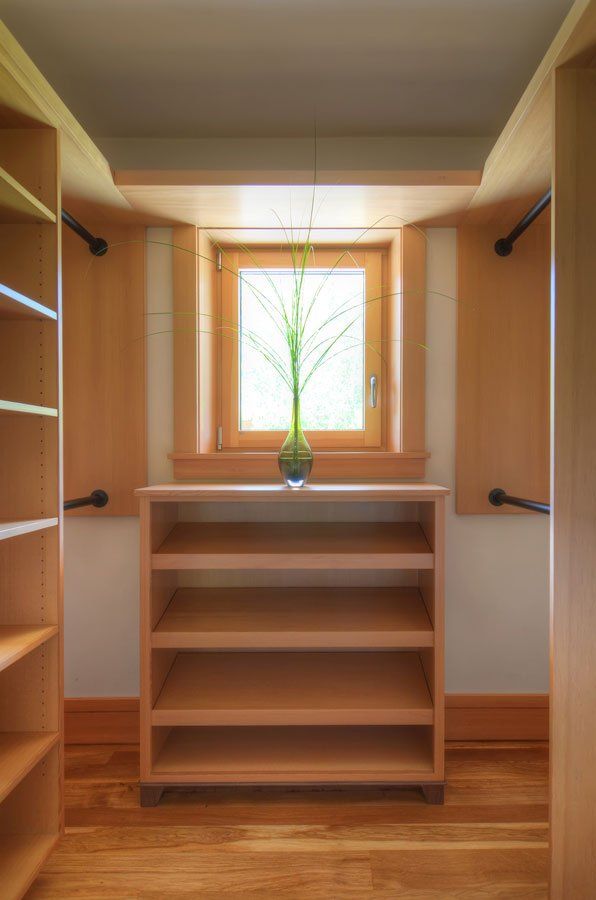PERFORMANCE
ZERO NOT A HERO
Stand directly next to a large floor-to-ceiling window on a cold, snowy day, and you'll realize even a double pane isn't enough to achieve total comfort. Regardless of one's return on investment, nobody can argue against the health and comfort component of high-performance building. High-performance homes do a better job of staying warm in the winter and cooler in the summer. High-performance homes often contain a sophisticated air exchange system called a heat recovery ventilator (HRV). HRVs and their heat-exchange cores serve two different beneficial functions. Along with air circulation and heat exchange, an HRV also filters air to capture allergens and pollutants to keep them out of the home's air supply.
Over the years, Glacier has been honored to supply and install high-performing windows in various applications, including both certified and non-certified projects.
If exceeding the building code is your goal, we look forward to sharing with you what our partners have to offer.
LOEWEN
Near Passive House level performance with U values as low as .14 in fixed units, lacking the high solar gain glass to meet Passive House standards. Operable windows and doors around .20 u value. Far beyond basic code but still a half-step shy of their European competitors.
SKY FRAME
Swiss-made sliding doors capable of PH level performance when configured with three pane glass.
OTHERS
Unlike most mid-tier products, just about everything Glacier sells can accommodate tri-pane glass, including Fleetwood, Brombal, and Centor. When ultimate comfort is your goal, there is no substitute for triple-pane windows.
Passive House (aka Passivhaus)
Passive House is the standard bearer of high-performance builds. The performance-based certification is straightforward. Does the building meet air tightness standards, heating, and cooling energy demands, and overall energy consumption goals? In the United States, 3rd party certification is through the US-based Passive House Institute US. www.phius.org
Net Zero
Theoretically, even a drafty house with double-pane windows can achieve zero energy consumption, provided it produces as much or more energy than it consumes. The problem, however, is almost all energy production related to a building typically comes in the form of solar panels (PV), and most single-family residences do not have enough space on the roof to mount enough PV to match or exceed the energy consumption of a typical home. Therefore, energy consultants know they can only reach net zero if they pay heed to reducing consumption. This is where programs like Passive House are especially beneficial.
ILFI’s Living Building Challenge
The Living Building Challenge (LBC) is a certification program that defines the most advanced measure of sustainability – providing a framework for design, construction, and the symbiotic relationship between people and all aspects of the built environment. It is one of the most rigorous performance standards in the industry, as it requires net-zero energy, net-zero waste, and net-zero water.
Each facet of the Living Building Challenge is performance-based, so every building must measure for twelve consecutive months after completion before receiving certification. The LBC comprises seven performance areas, or “Petals” – Materials, Site, Water, Energy, Health, Equity, and Beauty. For more information, see www.living-future.org/lbc/basics4-0/




